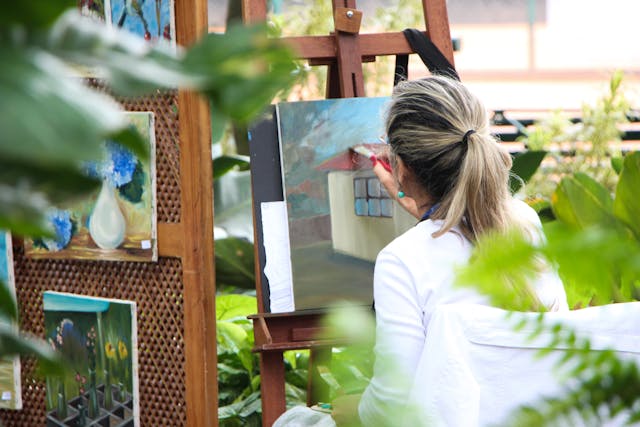When managing your estate, people often overlook intellectual property (IP). If you are an artist, inventor, or business owner, your IP can be one of your most valuable assets. Incorporating IP into your estate plan is crucial to ensure that it benefits your heirs, primarily through a testamentary trust. A testamentary trust can protect your intellectual property.
A testamentary trust is created as part of your will and only takes effect after you pass away. It allows you to name a trustee who will manage the trust’s assets, including your intellectual property, to benefit your chosen beneficiaries. According to Forbes, by establishing a testamentary trust, you choose how to handle your IP and ease the burden on heirs.
For those with valuable intellectual property—such as copyrights, trademarks, patents and trade secrets—a testamentary trust can effectively safeguard and distribute these assets after you’re gone.
Intellectual property is often complex and requires ongoing management. Here are a few reasons why a testamentary trust can help:
- Ongoing Management Needs: IP may need someone with knowledge of the field to manage it properly. Your beneficiaries might not be familiar with your creations’ legal rights or value, so appointing a trustee ensures that someone experienced handles these responsibilities.
- Protecting Financial Interests: If your IP continues to generate revenue (e.g., royalties from books, music, or inventions), a trustee can distribute these funds according to your instructions.
- Avoiding Probate Delays: By placing your IP in a trust, the assets can bypass probate, ensuring that they are handled efficiently without long delays or court involvement.
According to Charles Schwab, it’s essential to identify the types of intellectual property you own. Some common forms of IP you might place in a testamentary trust include:
- Copyrights: If you’ve created original works, like books, music, or artwork, a copyright allows you to control their use and distribution. These assets can be precious and may need careful management to ensure continued profitability.
- Patents: For inventors, patents provide exclusive rights to their creations. By placing them in a trust, you ensure that they are protected and passed on to your heirs in a controlled manner.
- Trademarks: Your brand’s name, logo, or symbols may be essential for business success. A testamentary trust can keep these assets intact and help manage any ongoing legal protections they require.
- Trade Secrets: If you’ve developed formulas, customer lists, or other confidential business information, you can protect them with a trust. A trustee can make sure they remain confidential and continue to benefit your heirs.
Appointing a knowledgeable trustee is critical to the success of managing your IP. This person or organization will be responsible for protecting your intellectual property, ensuring registrations are maintained and continuing to enforce your rights. They will also distribute any income from the IP according to the terms laid out in the trust.
When setting up a testamentary trust for your intellectual property, you can specify how long the trust will last. For instance, if you own copyrights, these can last for 70 years after your death, which means the trust may need to remain in effect for decades.
Carefully think about the future value of your IP and when it might be best for your heirs to take complete control of the assets. You can set specific milestones, such as when your children reach a certain age or achieve educational goals.
Intellectual property can be a critical asset in your estate plan. However, it requires careful management to ensure that it benefits your loved ones. Using a testamentary trust, you can protect and leverage your intellectual property in ways that align with your values. If you would like to learn more about testamentary trusts, please visit our previous posts.
References: Forbes (Jan. 24, 2024) “What Is A Testamentary Trust?” and Charles Schwab (Jun. 14, 2024) “4 Steps to Help Protect Your Intellectual Property“
Photo by Jadson Thomas






